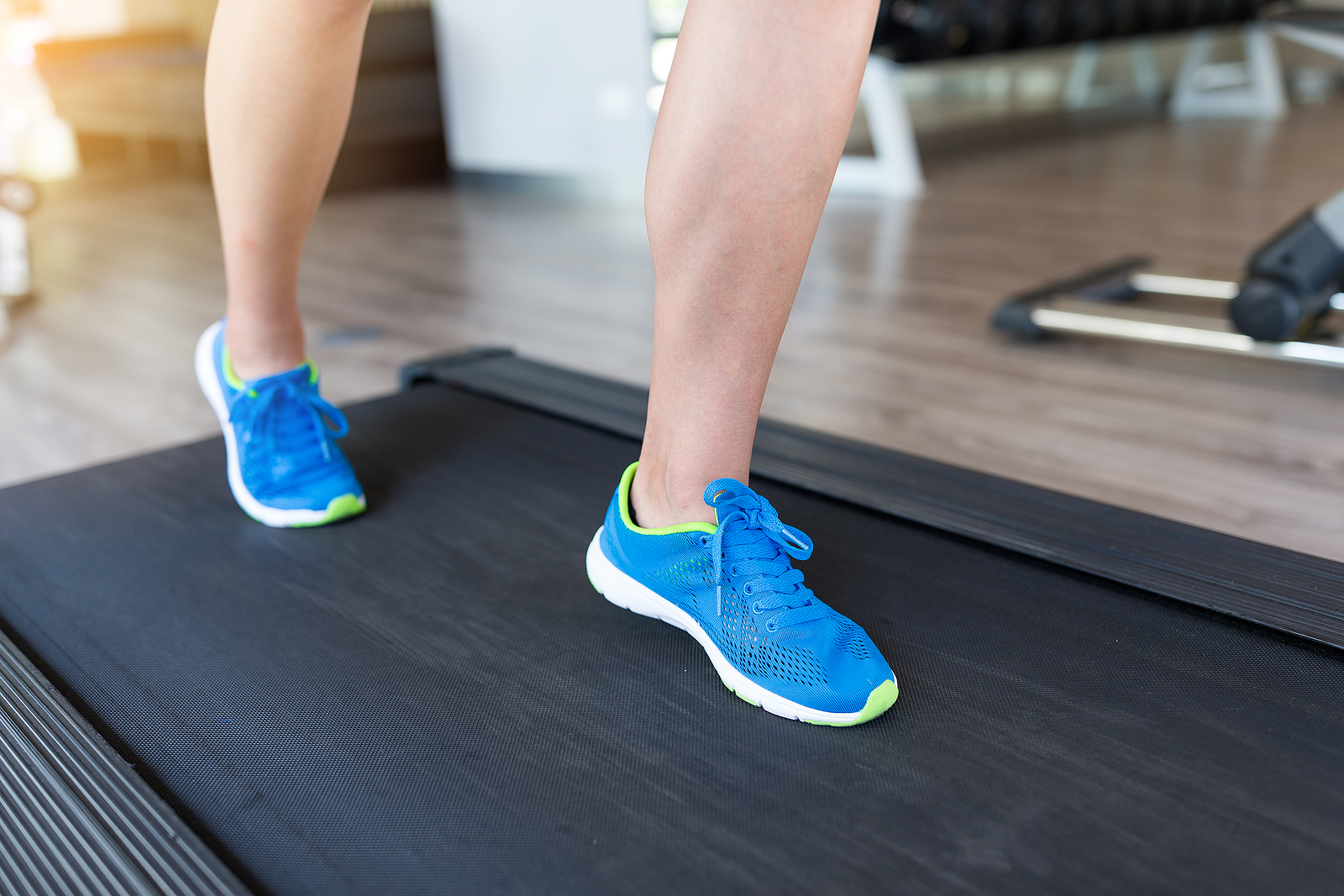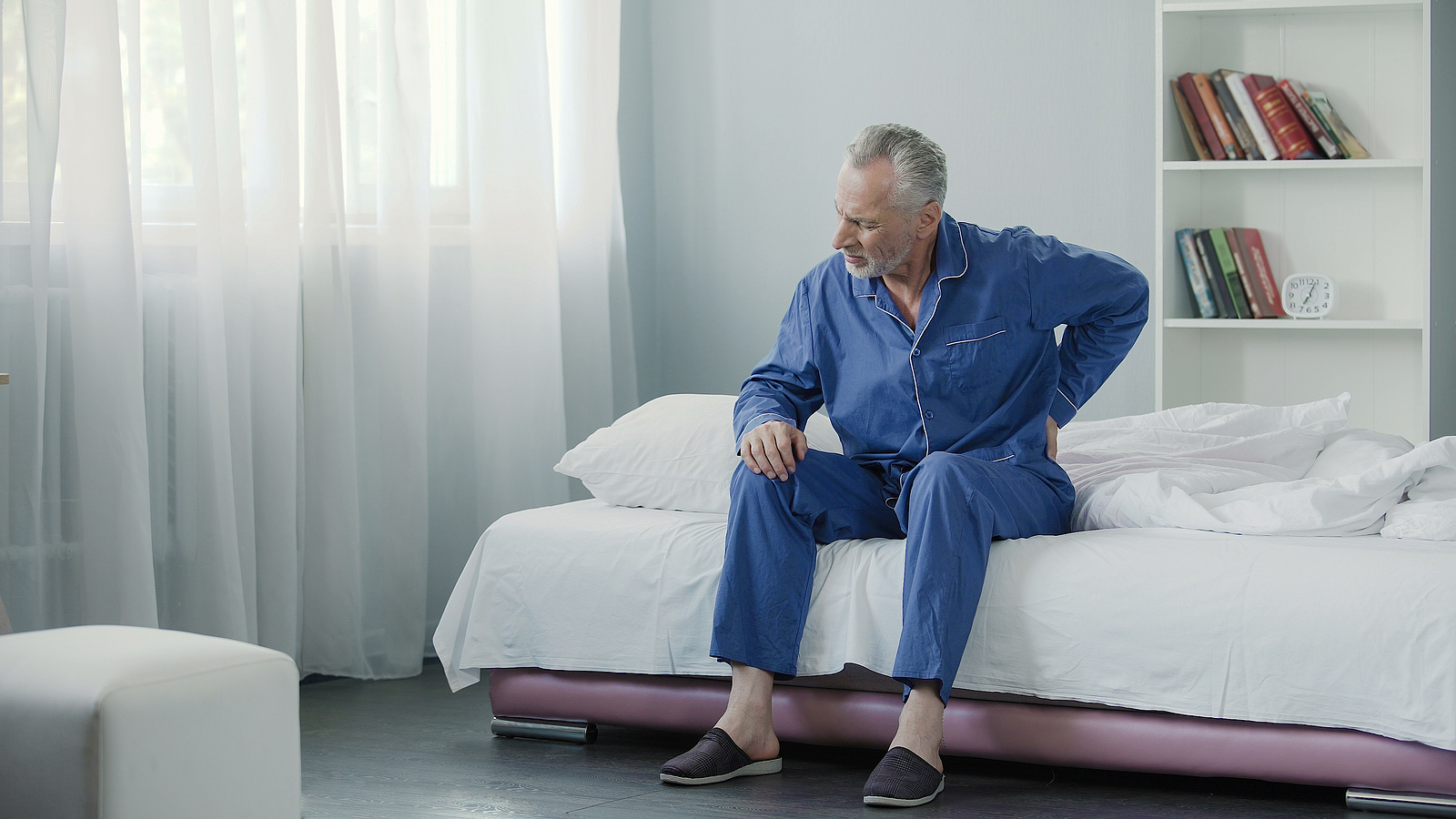Cervicogenic dizziness is a type of dizziness that originates from issues in the cervical spine (neck).
This condition can effect folks of all ages, but for seniors, this condition can be particularly troubling, as it often leads to unsteadiness, lightheadedness, or a spinning sensation that increases the risk of falls.
Unlike dizziness caused by inner ear problems, cervicogenic dizziness stems from musculoskeletal or joint dysfunction in the neck – so vestibular treatments designed to help vertigo likely won’t help with this condition.
Seniors who already face age-related changes in posture, joint flexibility, and muscle strength are more susceptible to this issue, and understanding its causes and management is essential for maintaining independence and safety.
What Is Cervicogenic Dizziness?
Cervicogenic dizziness (CGD), also known as “cervical vertigo”, occurs when abnormal sensory input from the neck disrupts the brain’s ability to process balance and spatial orientation.
The cervical spine contains muscles, joints, and nerves that help the body understand its position in space.
And when these structures are affected—by arthritis, muscle strain, or trauma—it can result in dizziness, imbalance, or a spinning sensation.
The exact mechanisms of how cervical dysfunction can create the sensation of dizziness or vertigo is up for debate, but it’s likely at least partially due to the fact that our nerves innervate multiple structures.
Long-story-short, this means that a dysfunction (muscle tightness, joint abnormality, etc.) of one structure could possibly create a sensation at any other structure innervated by the same nerve.
It’s been a long time since my neuro-anatomy class, so I won’t try to go into specifics, but there are also different bundles of nerve fibers and ganglia (and whatnot) in different parts of the spinal cord that also help coordinate and organize signals from across the body.
And if any of these signals get crossed or mis-interpreted, you can get referred pain or sensations in areas of the body that are away from the site of dysfunction.
It’s my educated guess that this is the framework behind how tightness in the neck can cause symptoms of dizziness.
Anyway, CGD can create the same feelings of traditional vertigo or non-cervical related dizziness, which can make it difficult to diagnose.
Causes and Risk Factors
Unfortunately, seniors are more susceptible to CGD due to:
- Degenerative changes in the cervical spine (e.g., arthritis, disc degeneration)
- Poor posture over time, often related to decreased activity or forward head positioning
- Previous neck injuries or whiplash
- Coexisting conditions like osteoporosis or cervical spondylosis
Symptoms of CGD
Cervicogenic dizziness typically presents with:
- Dizziness that worsens with specific neck movements or positions
- Neck pain, stiffness, or tension
- Headaches, often at the base of the skull
- Reduced balance or unsteady gait
- Difficulty concentrating or a sensation of “floating”
How It Affects Seniors
For older adults, CGD can:
- Increase fall risk: Dizziness and imbalance make daily tasks like walking or climbing stairs more hazardous.
- Limit independence: Fear of dizziness may lead to reduced activity, resulting in muscle weakness and social isolation.
- Affect mental health: Chronic dizziness often contributes to anxiety or depression.
I can speak from experience and say that cervicogenic dizziness can be irritating for younger adults as well.
I’ve had bouts of CGD off/on and it can be very uncomfortable, but the effects are often magnified for seniors…especially regarding increased fall risk.
If you or a loved one is dealing with dizziness of any kind, it’s important to take the proper precautions to ensure safety.
Slow down, take your time, and use an assistive device if necessary.
Diagnosis
Cervicogenic dizziness is usually a diagnosis of exclusion, meaning other causes (like inner ear disorders or cardiovascular issues) must be ruled out first.
A healthcare provider may use:
- Medical history and symptom review
- Physical examination of the neck and balance systems
- Imaging (X-rays or MRI) to detect structural changes
- Referral to specialists such as neurologists or physical therapists
That said, if you are experiencing neck pain alongside with dizziness, there’s a good chance the dizziness symptoms are coming from your neck.
This is especially true if you’re having upper neck pain in the area right below the base of your skull (your occiput).
The group of muscles located in this part of your neck (known collectively as the suboccipitals) are notorious for causing headaches and dizziness and treating CGD often includes getting these muscles to relax.
The suboccipital muscles are a group of small muscles located at the base of the skull.
They play a key role in fine-tuning head movement and relaying information about head position to the brain.
When these muscles become tight or strained, they can contribute to cervicogenic dizziness by disrupting normal sensory input and restricting motion.
Treatment Options for CGD
Treatment focuses on addressing the underlying neck problem and may include:
- Physical therapy: Stretching, strengthening, and posture correction exercises to improve neck function and balance.
- Manual therapy: Gentle mobilization of the cervical spine performed by trained professionals.
- Vestibular rehabilitation: Exercises designed to improve balance and reduce dizziness.
- Medications: Pain relievers or anti-inflammatory drugs, if prescribed.
- Lifestyle modifications: Ergonomic adjustments, improved posture, and avoiding prolonged sedentary positions.
If your dizziness is truly coming from a dysfunction in your neck, the only way to eliminate it is to treat the neck.
Looking at the list of interventions listed above, with the exception of prescribing medications, the rest can be done by a skilled physical therapist.
So, if you go to see your primary care physician, it’s likely they will refer you to a physical therapy clinic for treatment.
That said, there are a few easy stretches/exercises seniors can try at home to treat suboccipital tightness (and the dizziness/headaches that may occur with it).
Common Stretches for Suboccipital Muscles
- Chin Tucks (Seated or Standing):
Sit or stand with good posture. Gently draw your chin toward your neck without tilting your head forward. Hold for 5–10 seconds and repeat 5–10 times. This helps reduce forward head posture and lengthen the suboccipital muscles. - Suboccipital Release:
Lie on your back with a small massage ball placed at the base of your skull. Allow your head to gently rest on the ball, applying light pressure for 1–2 minutes. This helps release tension in the muscles. - Gentle Neck Flexion Stretch:
While seated, place your hands behind your head. Slowly bring your chin toward your chest until a mild stretch is felt at the back of your neck. Hold for 15–20 seconds and repeat 2–3 times.
As a physical therapist, I have to admit that the chin tuck and neck flexion exercises can be helpful, but releasing the suboccipitals manually tend to be a lot more effective.
You can try using a small, firm ball for self massage, but I find the Davinci Tool to be a lot more effective.
This massage tool is designed specifically for suboccipital release and I like that it comes with 3 different surfaces that can be used, depending on user preference.
I actually own a Davinci Tool myself and find it to be super helpful in releasing tight suboccipital muscles… just make sure you place it directly below the base of your skull to ensure you’re targeting the correct muscles.
Don’t worry – you’ll know you’re in the right place because it will be tender to the touch.
Anyway, seniors with severe neck conditions should consult a local physical therapist or healthcare provider before beginning new exercises.
Cervicogenic Dizziness vs Positional Vertigo
Cervicogenic dizziness is often confused with benign paroxysmal positional vertigo (BPPV), one of the most common causes of dizziness in seniors.
However, these two conditions are very different in cause and presentation.
| Feature | Cervicogenic Dizziness | BPPV (Positional Vertigo) |
|---|---|---|
| Origin | Neck muscles, joints, or nerves | Displaced calcium crystals in inner ear |
| Primary Trigger | Neck movement, stiffness, or poor posture | Changes in head position (e.g., rolling over in bed, looking up) |
| Symptoms | Unsteadiness, lightheadedness, neck pain, headaches | Spinning sensations (true vertigo), usually brief episodes |
| Associated Pain | Often accompanied by neck pain or stiffness | Usually no neck pain |
| Treatment | Physical therapy, posture correction, neck exercises | Canalith repositioning maneuvers (e.g., Epley maneuver) |
| Duration of Symptoms | Can last for days to weeks depending on neck condition | Brief episodes lasting seconds to minutes |
- Source of the Problem:
- Cervicogenic dizziness originates in the cervical spine and muscles of the neck.
- BPPV is caused by displaced calcium crystals in the inner ear disrupting balance signals.
- Triggers:
- Cervicogenic dizziness is often brought on by neck movement, stiffness, or prolonged poor posture.
- BPPV is usually triggered by changes in head position, such as rolling over in bed or looking up quickly.
- Symptoms:
- Cervicogenic dizziness is more often described as unsteadiness, lightheadedness, or floating sensations accompanied by neck pain or stiffness.
- BPPV typically causes spinning sensations (true vertigo) that last seconds to minutes.
- Treatment:
- Cervicogenic dizziness responds well to physical therapy, posture correction, and targeted neck exercises.
- BPPV is often treated with canalith repositioning maneuvers, such as the Epley maneuver, to move crystals back into place.
Distinguishing between these two is essential, as treatment for one is not effective for the other.
Tips for Seniors Living with CGD
- Maintain good posture when sitting or standing.
- Engage in regular, safe physical activity to strengthen neck and core muscles.
- Use supportive pillows and chairs that promote proper neck alignment.
- Avoid sudden, jerky head movements.
- Follow your healthcare provider’s guidance on exercises and treatment.
When to Seek Help
If you experience persistent dizziness, neck pain, or difficulty with balance, consult a healthcare professional promptly.
Early diagnosis and treatment can significantly improve outcomes and reduce the risk of falls.
Final Thoughts
Cervicogenic dizziness can significantly impact a senior’s quality of life by increasing fall risk and limiting independence.
However, there’s good news.
With proper assessment and targeted interventions – ranging from suboccipital muscle stretches to posture correction – many seniors can find meaningful relief.
Understanding the difference between cervicogenic dizziness and other balance-related conditions like BPPV is key to selecting the right treatment.
Early diagnosis and a personalized management plan can help restore confidence, enhance mobility, and improve overall well-being for aging adults.
Alrighty, that about does it.
I hope you found this article helpful and if you have any questions or comments, just leave ’em below and I’ll get back to you shortly.



